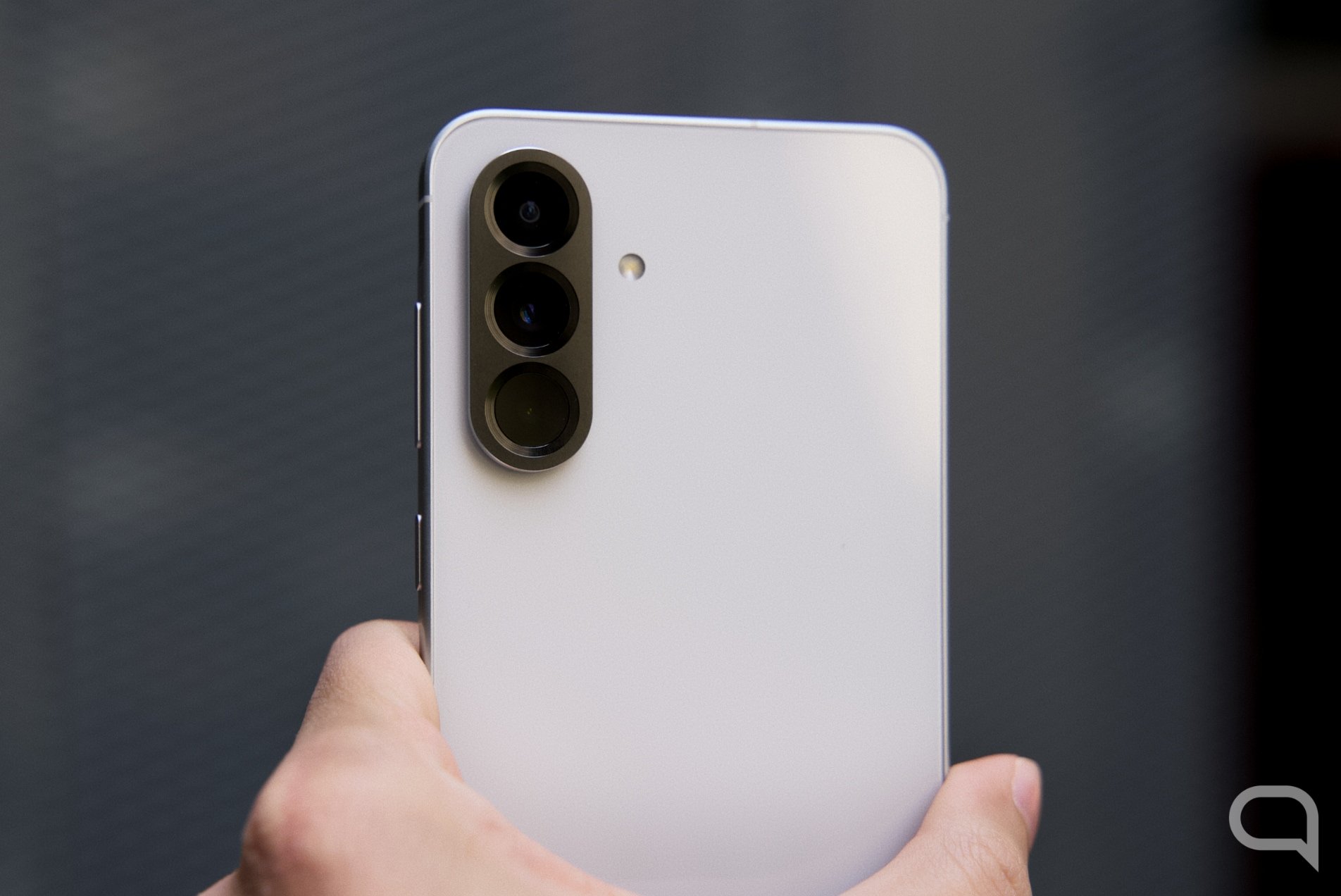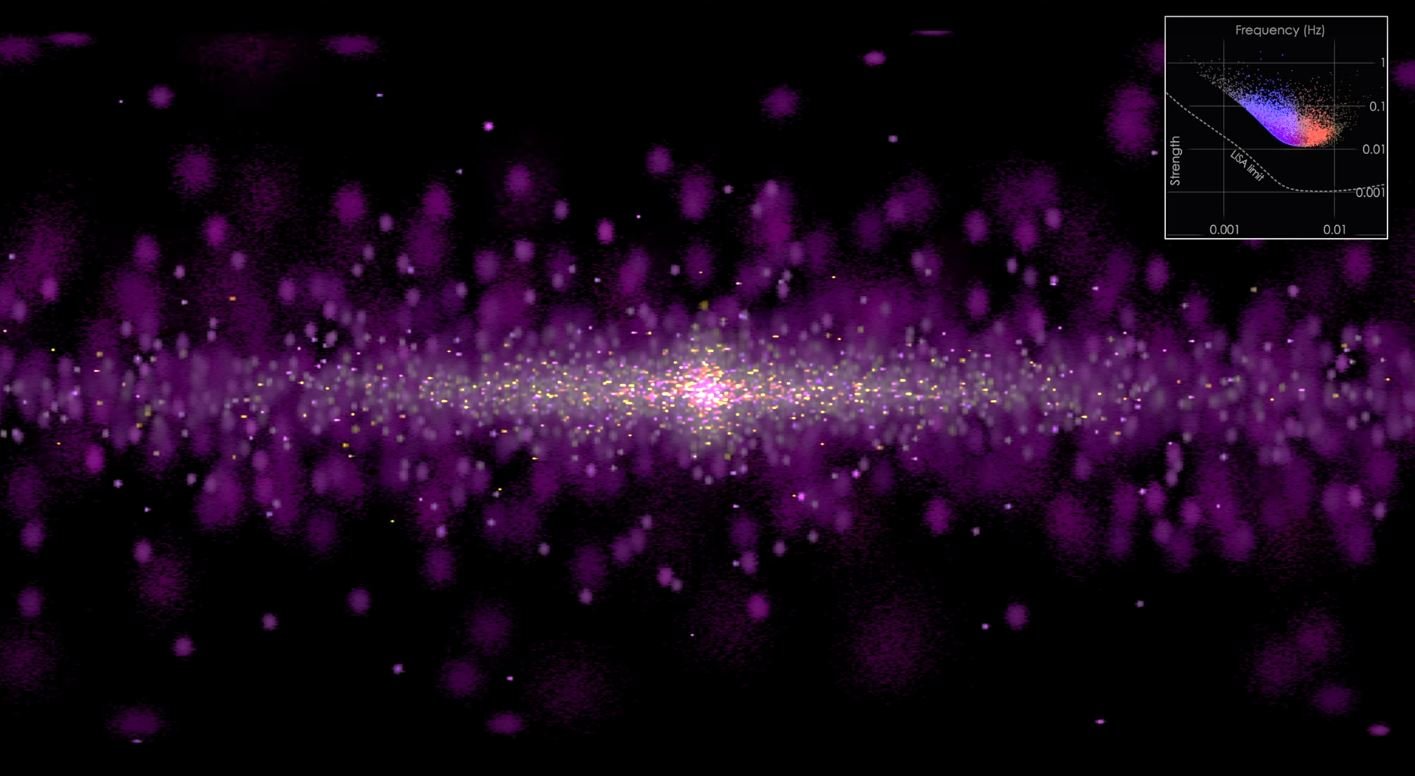In a study published in the scientific journal The Astronomical Journal, scientists from the Gravitational Astrophysics Laboratory at NASA Goddard Space Center found a Simulation showing how the Milky Way sky can be visualized using gravitational waves. It is possible to observe the intensity and frequency of these gravitational disturbances in a video.
In addition to providing an incredible visual, the simulation also gives us a glimpse of how future spacecraft, such as gravitational wave observatories, could observe the cosmic events of the Milky Way.
The brightest points represent the strongest signals, while the most colorful areas represent less well-known regions, with lighter colors being higher frequencies of the waves.
Video produced Data from simulated data on ultracompact binary systems (UCBs), where binary stars have collapsed into stellar remnants, simulate the expected distribution and signals of gravitational waves from these systems. Scientists explain this This information cannot be easily detected because it does not emit large amounts of visible light.This makes it difficult to collect information using existing space telescopes.
“Binary systems… populate the Milky Way, and we expect many of them to contain compact objects in tight orbits, such as white dwarfs, neutron stars and black holes. But we need a space observatory to ‘hear’ them because their gravitational waves are too low for terrestrial detectors.” it resonates at frequencies,” said research leader Cecilia Chirenti, from the Gravitational Astrophysics Laboratory at the Goddard Space Center and the University of Maryland in the United States.
Milky Way and gravitational waves
Ultracompact binary systems often host white dwarfs, black holes, or neutron stars; so scientists used simulated data from these environments to create a synthetic map of the entire Milky Way sky.
Researchers believe that Future observatories such as the European Space Agency’s (ESA) Laser Interferometer Space Antenna (LISA) will be important in detecting gravitational waves. Currently ground-based instruments of the LIGO, Virgo and KAGRA observatories More than 90 gravitational wave events have been detected; a low number compared to what our universe has to offer – especially since many sources of these waves are beyond our galaxy.
“Our image directly resembles an image of the entire sky in a particular type of light, such as visible, infrared, or I can see it on a T-shirt,” said team member and NASA partner James Ira Thorpe.
Did you like the content? Stay up to date with more curiosities about astronomy at TecMundo and take the opportunity to discover how gravity bends light.
Source: Tec Mundo
I’m Blaine Morgan, an experienced journalist and writer with over 8 years of experience in the tech industry. My expertise lies in writing about technology news and trends, covering everything from cutting-edge gadgets to emerging software developments. I’ve written for several leading publications including Gadget Onus where I am an author.













